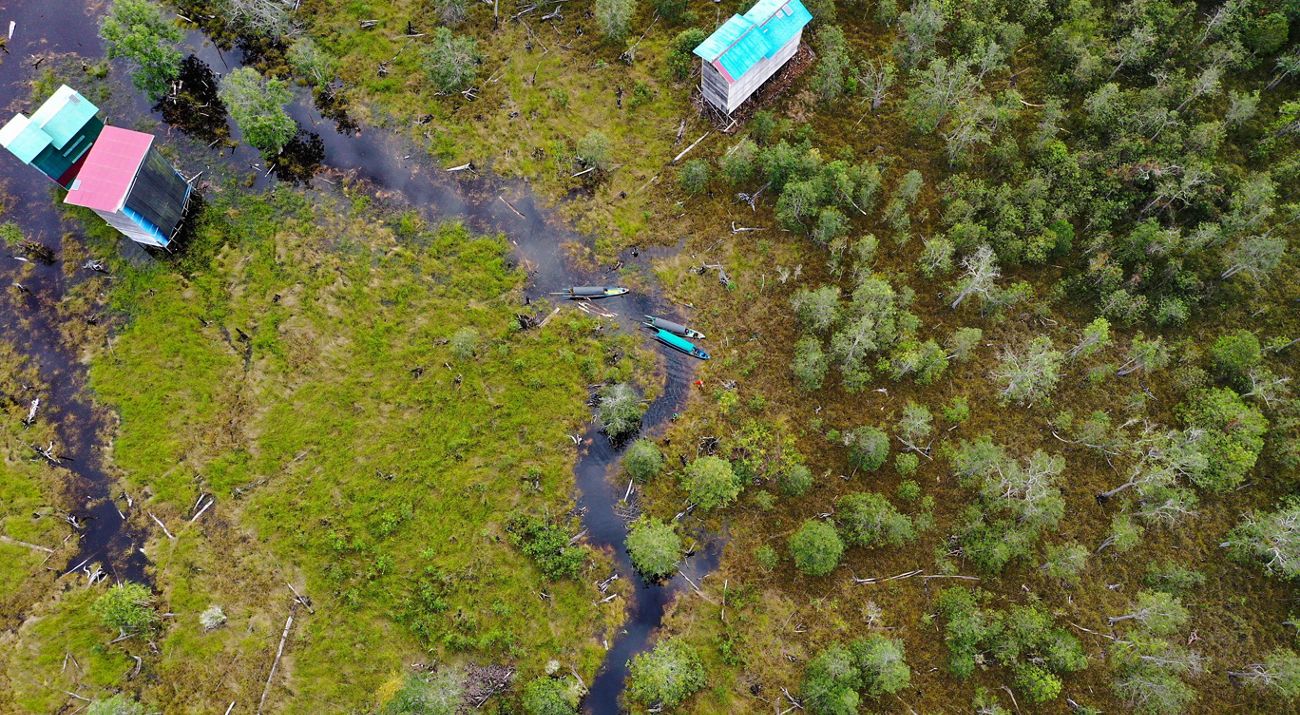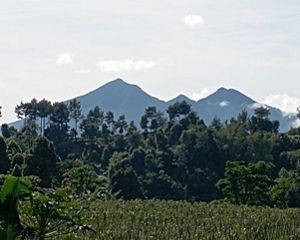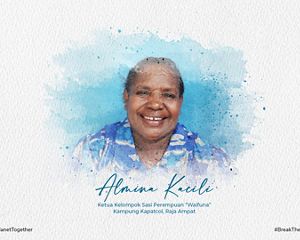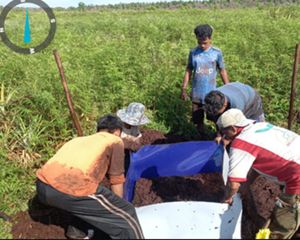Peatlands in Muara Siran Village, East Kalimantan, are a source of livelihood for the community. Inside, there are lakes and forests that residents still guard. Yayasan Konservasi Alam Nusantara (YKAN) conducted the first research in East Kalimantan to measure peatland carbon dioxide and methane gas emissions.
Read: Munara Beba: How the Biak Karon Tribe Protects the Sea
YKAN, through the Natural Climate Solutions strategy from peat ecosystems, has been calculating carbon savings and monitoring greenhouse gas emissions in Muara Siran Village since mid-2022. This research was carried out with conservation partners, namely Yayasan Biosfer Manusia (Bioma). Samples were taken from the carbon above and within the surface of the Muara Siran peat to measure carbon deposits and peat age. Meanwhile, monthly measurements are carried out to monitor GHG emissions while monitoring relevant environmental parameters such as groundwater level, temperature, and dissolved carbon concentration in waters.
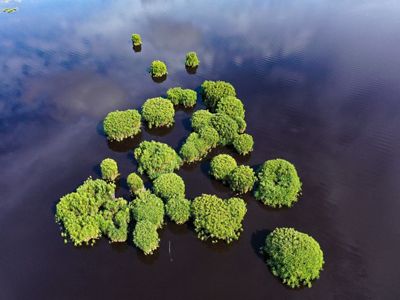
This village has a peatland consisting of lakes and forests. "We found the peatland was up to 12 meters deep," said YKAN's Senior Manager of Forestry Carbon and Climate Change, Nisa Novita, at the Dissemination of Green House Gas (GHG) Measurement Results in Wetlands in East Kalimantan, held in Samarinda on Tuesday, March 5, 2024.
The research team measured carbon dioxide and methane gas in natural and disturbed peat forests. Disturbed forests are forests that have been logged in the last ten years. Total carbon storage was recorded at 3,113.3 ± 245.6 MgC per hectare for natural forests and 3,713 ± 186.5 MgC per hectare for disturbed forests.
Another interesting finding is that the peat in Muara Siran is thousands of years old. "There are those who are 6 thousand years old, but there are also those who are still relatively young at 100 years old," said Nisa. Seeing that the peatland is relatively young indicates that it is still being formed in Muara Siran because this area is mostly still flooded without significant hydrological disturbance.
Please note: Currently, Muara Siran residents are no longer cutting down peat forests. The forest around the lake is where they look for life and are constantly protected. This location is also a fish spawning place, a place for swallows to nest, and a tourist spot for people in the surrounding area. Maintaining the lake can help preserve the natural condition of the peatland.


